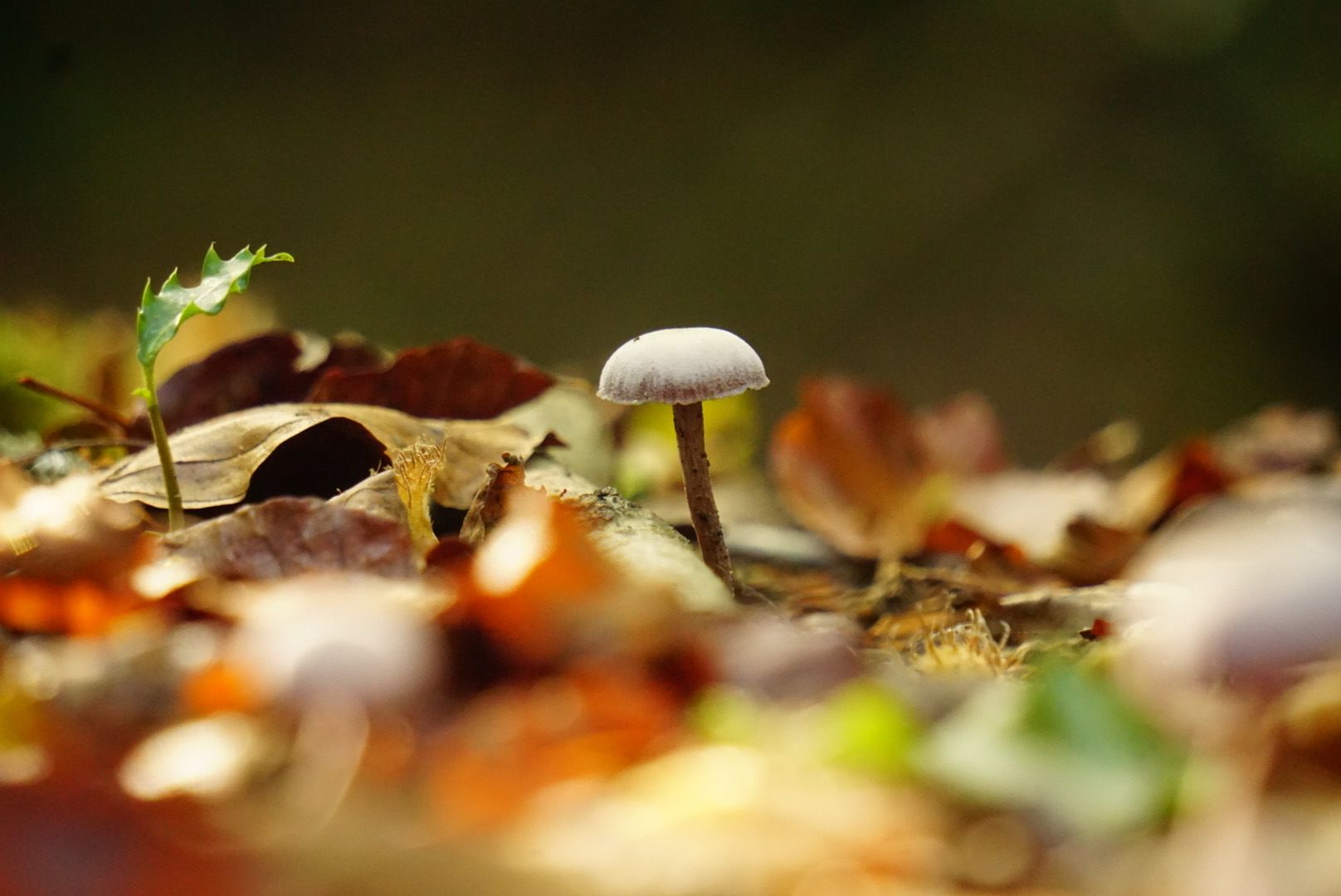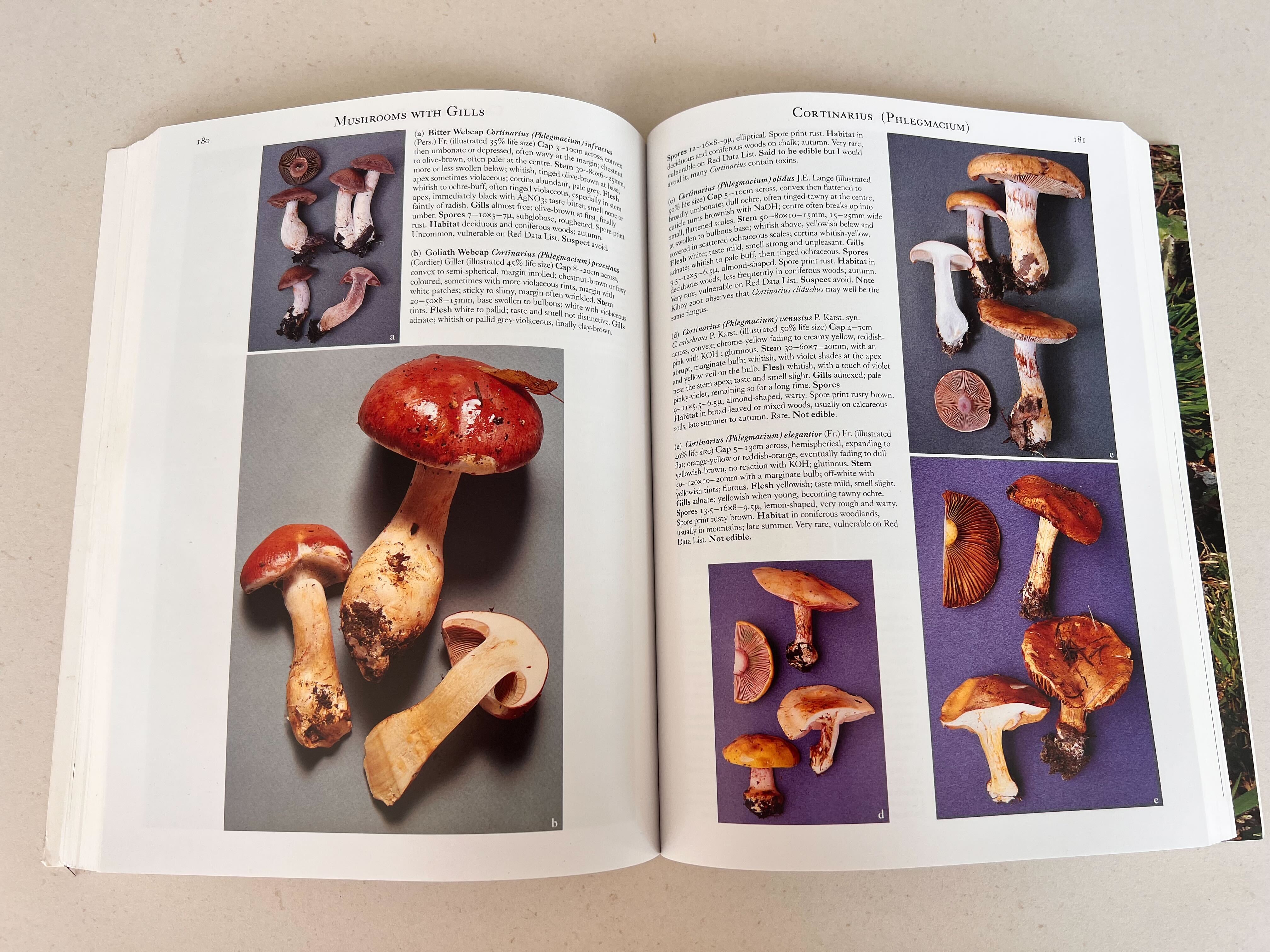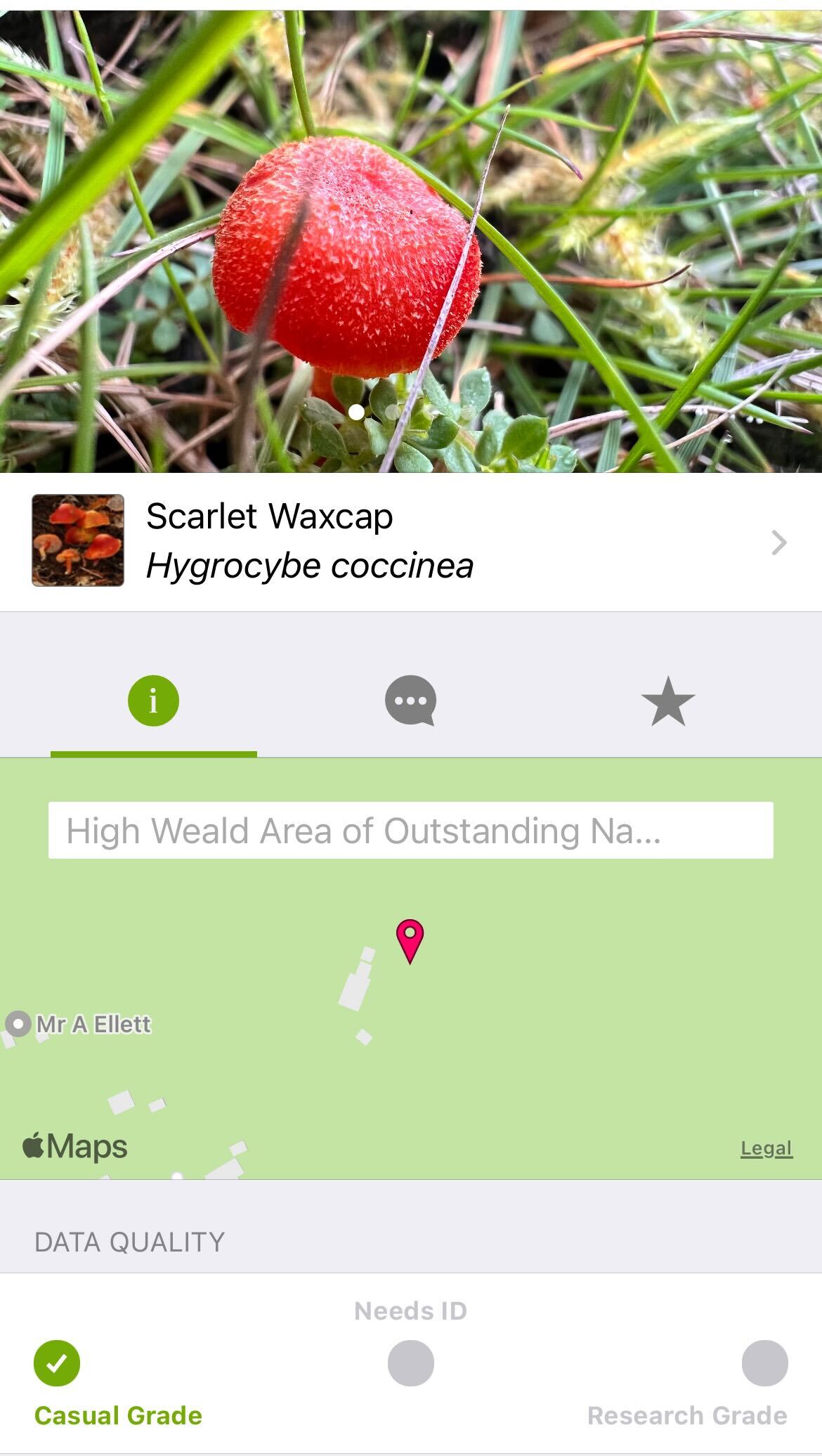Mushrooms: our nature messaging network
By W2W - 26 September 2023
The main mushroom season in the UK runs from September to November but it has been a strange start to the autumn for our fungi. The warm weather has seemingly led to a delay in the emergence of many mushrooms. But as the temperature starts to drop, now is the perfect time to spot the kaleidoscope of fungi across Sussex!
Fungi are a vital autumnal food source for mammals and insects. Picking mushrooms in nature-scarce places can have a drastic impact on ecosystems. However, photographing fungi and uploading to a recording app or notebook is a great way to engage without disturbing the fragile food web.

Fungi have vast underground messaging networks in our soils, facilitating communication and resource-sharing among plants and microorganisms in complex ecosystems. These underground fungal networks can extend over vast areas, with some covering hundreds of acres or even square kilometres. These expansive networks, often referred to as "mycorrhizal networks," play a crucial role in connecting plants and microorganisms within ecosystems, enabling them to exchange nutrients and information.
In our woodlands and grasslands across the corridor, fungi are supporting nature connectivity. Our oak trees, for example, have a wide web of mycorrhizal partnerships with fungi that help them to send signals through extensive underground networks connecting the roots of individual oak trees. This network enables the sharing of vital nutrients, including phosphorus and nitrogen, among neighboring oaks.
The significance of this mycorrhizal network lies in its ability to foster collaboration and resilience. When one oak tree experiences stress or environmental challenges, it releases these signals into the mycorrhizal network. Nearby oak trees can detect these signals and respond by adjusting their defenses or growth strategies accordingly. This communication enhances the connectivity and cooperation among oak trees in the native woodlands of the UK, contributing to the overall wellbeing of the ecosystem.
When soil is disturbed through ploughing, digging or development, it can disrupt the natural movement and messaging capacity of fungi. Fungi may struggle to establish and thrive in isolated patches of habitat, potentially leading to a decline in their populations.The loss of connectivity between habitats can limit the movement of fungal spores, impacting their ability to colonise new areas.
Measuring the abundance and diversity of fungi across the Weald to Waves corridor as habitats recover will help give a great indication of the health of our soil.
Did you know?
- 🍄 Fungi belong to their own distinct kingdom and are separate from both plants and animals
- 🍄 Fungi play a crucial role in ecosystems as decomposers. They break down dead organic matter, such as fallen leaves and wood, recycling nutrients back into the environment
- 🍄 90% of living plant species rely on fungi to access nutrients through their roots
We are reading: Mushrooms by Roger Philips. Seen as the ‘fungi’ bible, Philips covers all the UK mushrooms in this photobook and gives you a great overview of the family groups.

We are using: iNaturalist. Seen a mushroom? Take a snap and upload to a free account to get an ID. Great to pair up apps with books to cross check the identification and build up your knowledge.


